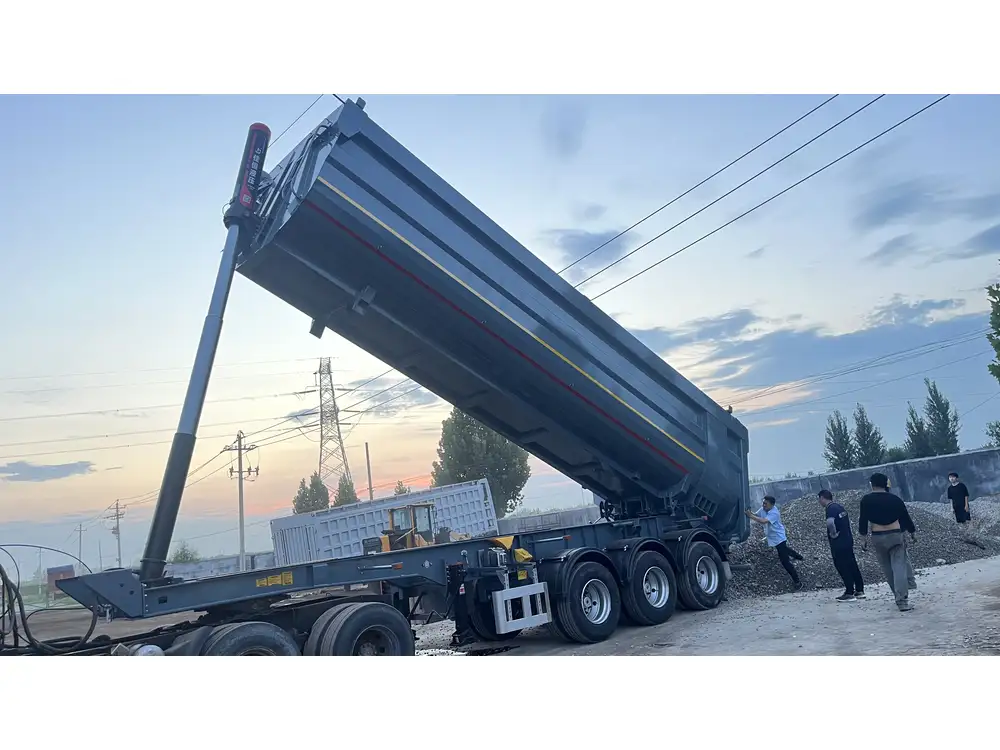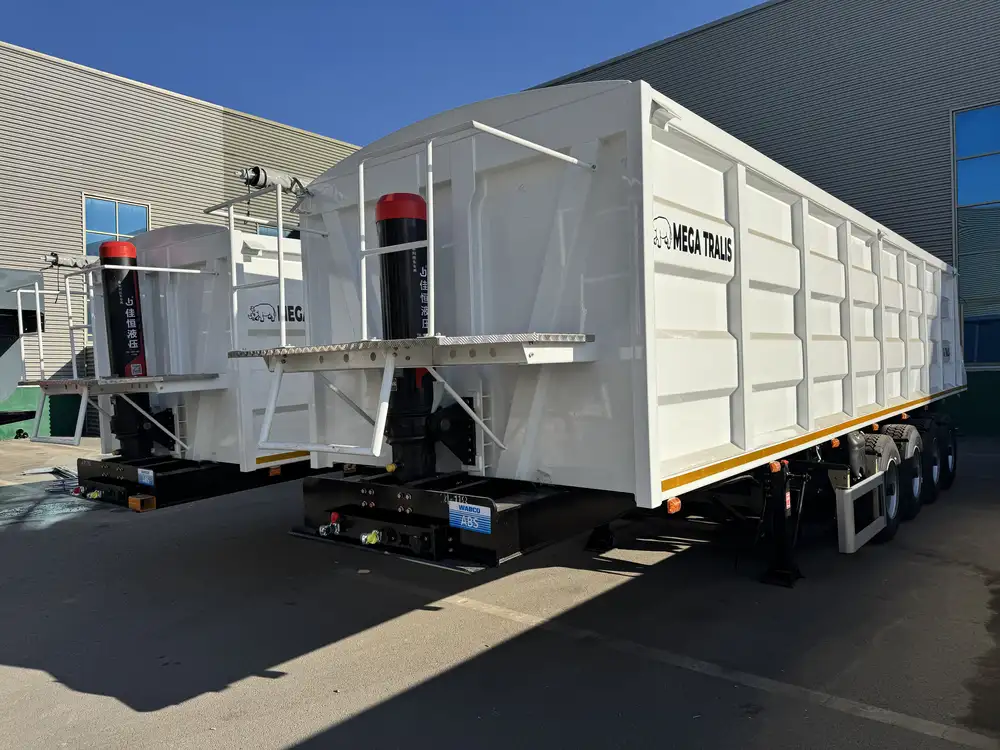When it comes to versatility in transportation, the ability to convert a boat trailer into a flatbed can be a game-changer. Such transformations can serve a dual purpose: not only transporting boats but also accommodating various other items—be it lumber, equipment, or recreational vehicles. This comprehensive guide will walk you through the process, breaking it down into digestible parts and ensuring that both novice and seasoned DIY enthusiasts can follow along.
Understanding the Basics of Trailers
Types of Trailers
When thinking about transforming a boat trailer into a flatbed, it’s crucial to understand the various types of trailers:
| Trailer Type | Description | Use Cases |
|---|---|---|
| Boat Trailer | Designed for transporting boats; features bunks or rollers | To transport boats of various sizes |
| Flatbed Trailer | Open trailer design without sides; excellent for various loads | Ideal for transporting vehicles, pallets, or machinery |
| Utility Trailer | Enclosed sides; versatile; can be used for recreational or landscaping needs | Transporting tools, equipment, and general materials |

Key Features of a Boat Trailer
Before diving into the conversion process, it’s important to identify the key components of a boat trailer that you might need to modify or remove:
- Cross Members: The structural beams that run across the trailer, providing support.
- Bunks: Wood or rollers that aid in loading and unloading boats.
- Axles: Critical for load distribution and stability.
- Coupler and Hitch: The mechanism that connects the trailer to the towing vehicle.
Step-by-Step Guide to Converting Your Trailer
Step 1: Assess the Trailer’s Structure
Before making alterations, assess your boat trailer’s structure. Consider the following:
- Weight Capacity: Check the manufacturer’s specifications regarding the maximum load your trailer can handle. This ensures safety and efficiency in transportation.
- Condition of Components: Inspect the tires, axles, and frame for wear and tear. Faulty components must be repaired or replaced before converting.

Step 2: Removal of Boat-Specific Components
Begin by carefully removing the components that are specific to boat transport:
- Dismantle the Bunks: Use appropriate tools to disassemble the bunks or rollers gently. This may include unscrewing bolts or unsnapping clips.
- Remove or Adjust the Fenders: Depending on your intended use, you may wish to take off the fenders for a wider load or adjust them to ensure coverage of the tires.
Step 3: Reinforcing the Frame
- Add Cross Members: Depending on your anticipated use, you may need to add additional cross members to support heavier loads.
- Use Steel or Aluminum: Consider using either steel for its strength or aluminum for its lightweight properties.
| Material | Pros | Cons |
|---|---|---|
| Steel | Strong, durable | Heavier, prone to rust |
| Aluminum | Lightweight, rust-resistant | More expensive, less strong |
Step 4: Adding a Deck
To convert your trailer into a flatbed, you’ll need to create a proper deck. Here are some materials and suggestions:
Wood: Pressure-treated wood is popular for decking due to its affordability and ease of use. Common dimensions include:
- 2×6 inches for durability.
- 2×4 inches for lighter loads.
Metal Sheets: If you need a more robust solution, consider using steel or aluminum sheets. They offer superior strength and longevity.
Installation Tips:
- Ensure that the deck boards are securely fastened.
- Leave a slight gap between boards to allow for drainage and expansion.

Step 5: Wiring and Lighting Adjustments
If your original boat trailer had specific lighting for navigation or braking, adjustments to wiring are essential:
- Reconfigure Lighting: Install LED lights on the rear and sides if they were previously designed for boat lane use.
- Add Side Reflectors: Ensure the trailer is visible on the sides during night transportation.
Step 6: Safety and Compliance
Before hitting the road, ensure your newly converted flatbed is compliant with local laws governing trailer width, weight, and lighting:
- Weight Distribution: Make sure your load is evenly distributed across the trailer for safe towing.
- Safety Chains: Install safety chains that can handle the load to prevent instances of detachment while driving.
Useful Considerations and Tips

Optimal Load Distribution
Consider the following for best practices in load distribution:
- Place heavier items toward the front of the trailer over the axles.
- Use tie-down straps to secure cargo and prevent shifting during transit.
Enhancing Functionality
- Consider Adding Side Rails: Depending on your transportation needs, side rails can enhance security for loose items.
- Storage Solutions: Incorporate storage solutions such as tool boxes or racks on the flatbed.
Maintenance After Conversion
Post-conversion maintenance is essential to ensure longevity:
- Regular Inspections: Routinely check tires, brakes, and connections for wear.
- Rust Prevention: Regularly clean and treat any areas exposed to moisture or salt.

Understanding the Costs Involved
Below is a basic cost breakdown that may arise during your conversion project:
| Item | Estimated Cost | Notes |
|---|---|---|
| Materials | $200 – $800 | Depends on type and amount |
| Tools | $50 – $300 | Rental vs. purchased tools |
| Lighting upgrades | $50 – $150 | Based on LED/standard options |
| Labor (if needed) | $300 – $1,000 | Varies based on location and rates |
Conclusion
Converting a boat trailer into a flatbed is not just an ingenious project but a practical solution to enhance the utility of your existing resources. By following this step-by-step guide, you can ensure that the transformation is seamless and that your newly converted flatbed trailer is both safe and functional for a variety of hauling needs. Whether for personal use or as a service to others, this transformation can maximize your investment, offering you flexibility and capability tailored to your unique requirements.
Equipped with careful consideration and practical know-how, you’re well on your way to optimizing your trailer for a multitude of purposes, ensuring you not only meet but exceed your transportation needs.



